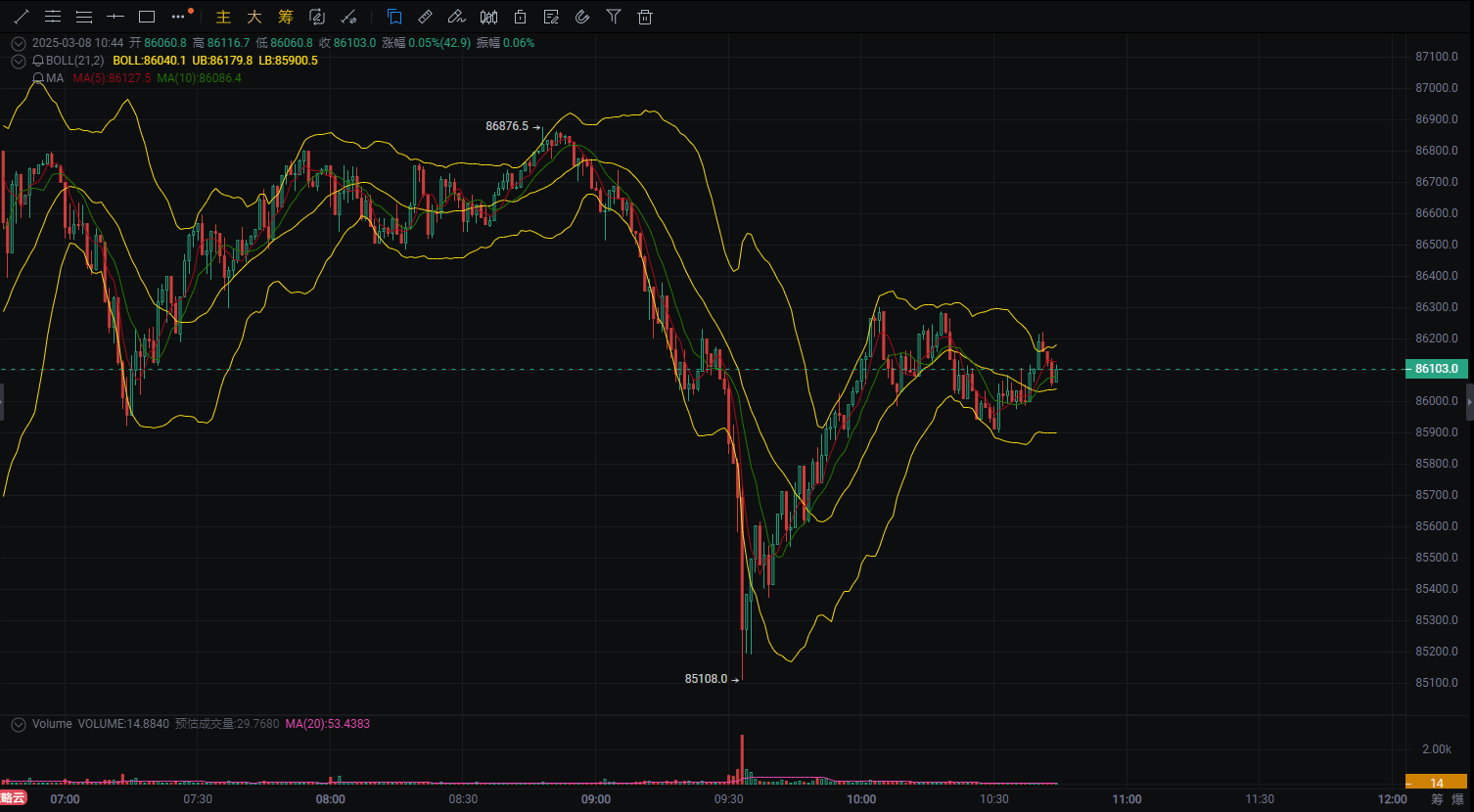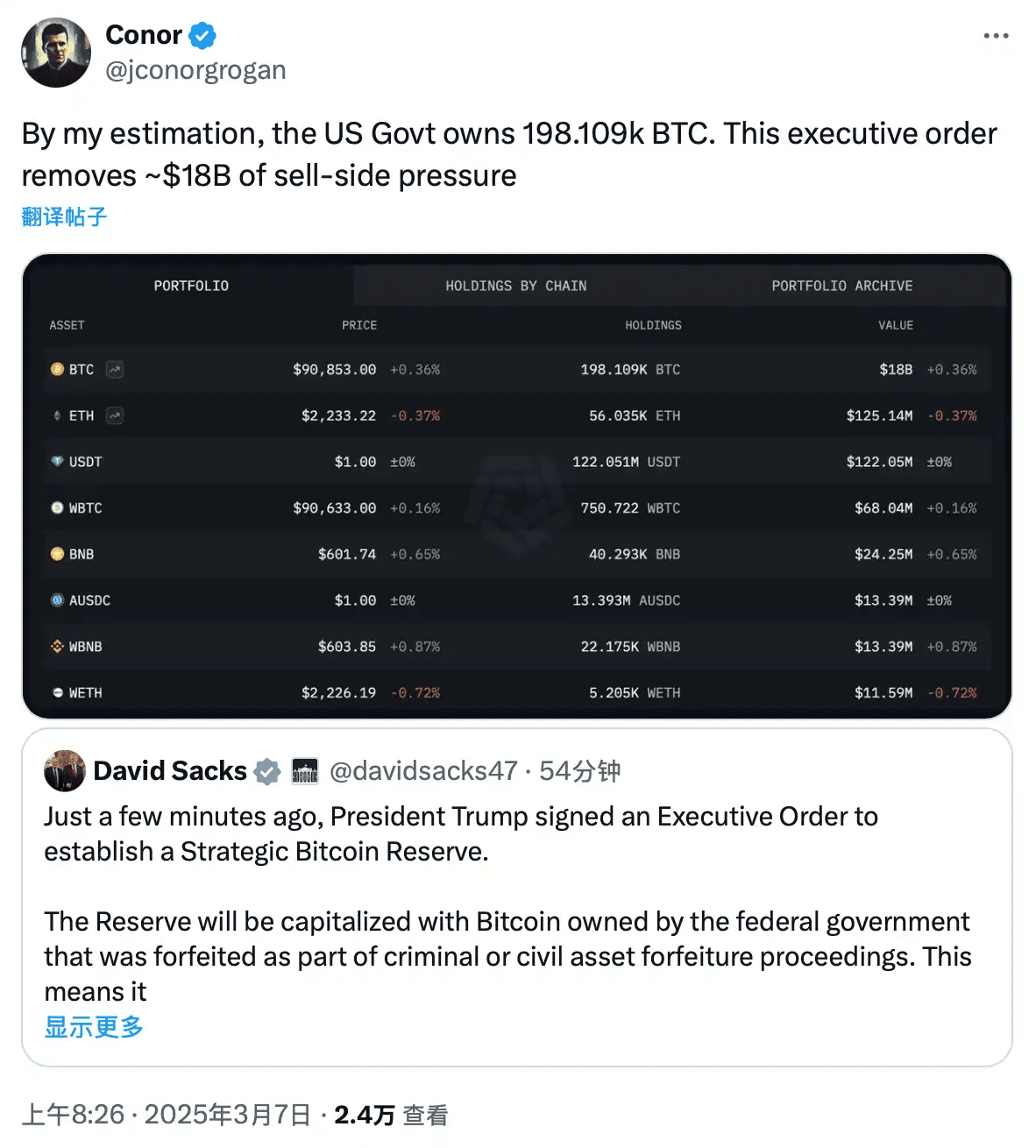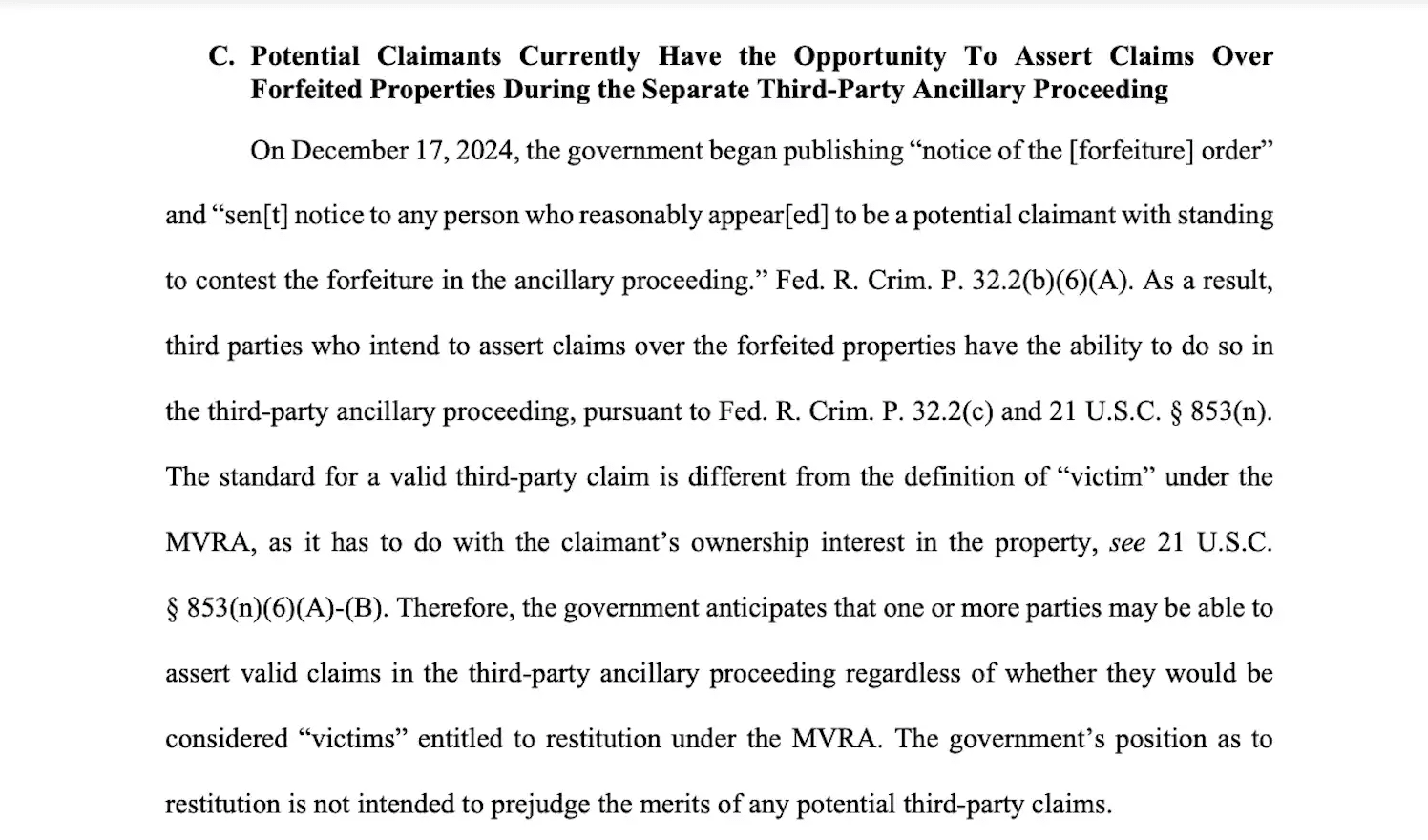Core event:
The U.S. government has included 200,000 seized Bitcoins (worth about $18 billion) in its strategic reserves, clearly stating "not spending a penny to increase holdings, not selling any inventory." This landmark decision caused Bitcoin to plummet over 5% within an hour, bewildering the crypto circle.

Why has the epic positive news turned into "negative news"?
Key contradiction point:
① Expectation gap: The market previously speculated that the government might actively increase Bitcoin holdings, but the final policy was only to "seal existing forfeited assets";
② Liquidity anxiety: The executive order clearly states that the Treasury only obtains new coins through confiscation, cutting off the channel for incremental funds to enter;
③ Timing game: The bill may take months to be approved by Congress, prompting traders to choose to cash out early.

On-chain data corroborates:
In the past 24 hours, $530 million in long positions were liquidated, reaching a new high in nearly two months.
Bitcoin ETF has seen a net outflow of $134 million, with giants like BlackRock collectively retreating.
Mystery two: Will the stolen coins from Bitfinex be "confiscated"?
Core controversy valued at $9 billion:
Of the Bitcoin held by the U.S. government, nearly half comes from the 2016 Bitfinex hacking incident (about 94,000 coins). Although the Justice Department had planned to return it, the latest executive order includes forfeited assets in the national reserves, changing the prospects for victims' claims.
Focus of contention:
If current policies are implemented, Bitfinex may be recognized as the "only legal claimant."
Investors holding the compensation token LEO may face the risk of asset shrinkage.
Mystery three: States racing to layout hidden secrets.
Texas has passed (the Bitcoin Reserve Bill) SB-21.

, allowing Bitcoin to be stored as a state-level strategic asset, with 18 states quickly preparing similar bills. This situation of "local encirclement of the central" reveals deeper intentions:
① Competition for digital asset discourse power: Establishing a state-level cryptocurrency reserve system.
② Tax reform groundwork: Laying the foundation for future tax exemption policies for crypto assets.
③ Industry siphoning effect: Attracting mining enterprises, exchanges, and other crypto infrastructure to settle in.
Preview of the White House summit: Three sparks of cryptocurrency.
The first-ever White House cryptocurrency summit held early this morning may release more aggressive policies:
① National cryptocurrency reserve expansion.
In addition to Bitcoin, major coins like Ethereum and SOL may also be included in the reserve pool, emulating the petroleum strategic system.
② Regulatory sandbox experiment.
Promoting the (21st Century Financial Innovation Act) to establish a joint regulatory framework between the SEC and CFTC.
③ Tax bomb dismantling.
May announce a reduction in capital gains tax for long-term holders to stimulate institutional entry.


